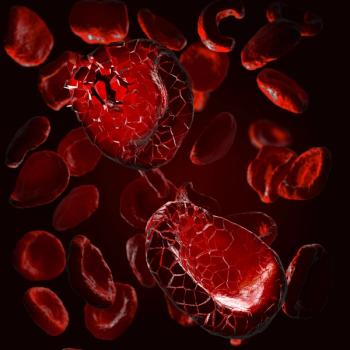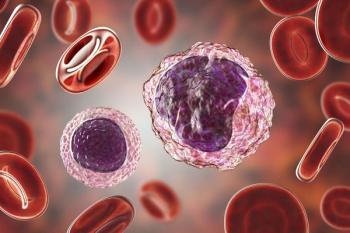
Oncology NEWS International
- Oncology NEWS International Vol 8 No 11
- Volume 8
- Issue 11
NCI Funds 24 DNA Microarray Laboratories Nationwide
BETHESDA, Md-Twenty-four cancer research centers in the United States will receive a total of $4.1 million from the National Cancer Institute to purchase the necessary equipment to establish DNA microarray facilities. The new and technically challenging research tool enables scientists to assess expression levels of a large subset of the human genes in a cell or tissue.
BETHESDA, MdTwenty-four cancer research centers in the United States will receive a total of $4.1 million from the National Cancer Institute to purchase the necessary equipment to establish DNA microarray facilities. The new and technically challenging research tool enables scientists to assess expression levels of a large subset of the human genes in a cell or tissue.
The NCI intends for the DNA microarray laboratories to provide technical support to cancer researchers and to make the technology widely available so that it is rapidly applied to investigating a broad range of critical problems in cancer research.
Articles in this issue
about 26 years ago
Anti-VEGF MoAb Promising in Phase II Renal Cancer Studyabout 26 years ago
Government Lawsuit Seeks Billions From Tobacco Industryabout 26 years ago
NCI Plans a Large Phase III Trial of Lymphoma Vaccineabout 26 years ago
NCCN Database Expanding to Include Cancer Pain Outcomesabout 26 years ago
Fewer Blacks Than Whites Receive Surgery for Early Stage Lung Cancerabout 26 years ago
NSABP Trial Examines Surgery’s Role in Breast Cancerabout 26 years ago
Congressional Spouses Honor Three for Cancer Preventionabout 26 years ago
Prophylactic Tamoxifen Debated at ECCOabout 26 years ago
Survival Advantage for Simultaneous Goserelin and RTabout 26 years ago
NCCR Honors Seven Members of Congress as ‘Champions’Newsletter
Stay up to date on recent advances in the multidisciplinary approach to cancer.


















































































